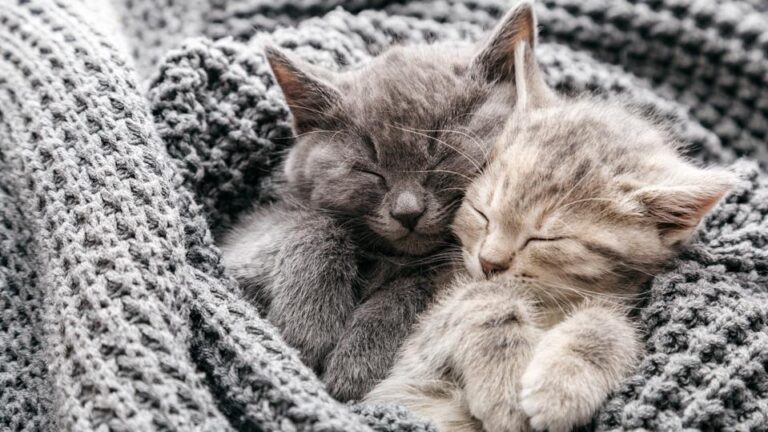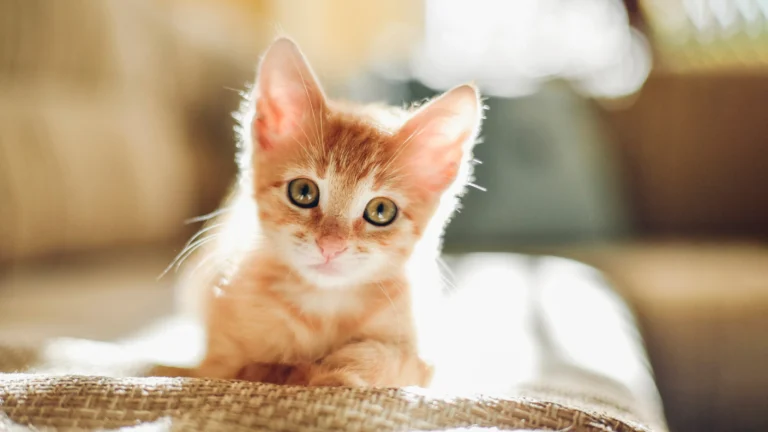Cat Behavior and Training Techniques
Introduction:
Cats, with their captivating eyes and independent nature, have stolen the hearts of millions worldwide. As a professional cat breeder, I am passionate about helping cat owners understand and nurture the unique bond they share with their feline companions. In this comprehensive guide, we will delve into the world of cat behavior and explore effective training techniques to enhance the relationship between cat and owner.
Understanding Cat Behavior:
Understanding cat behavior is the foundation for successful training. Cats communicate through various means, including vocalizations, body language, and scent marking. Understanding these signals can help you better respond to your cat’s needs and prevent behavioral problems from developing.
1. Vocalizations:
Cats use a range of vocalizations to convey different messages. The most common vocalizations include:
- Meowing: This is a common way for cats to communicate with humans. It can express a variety of emotions, from hunger to attention-seeking.
- Purring: Purring is often associated with contentment, but it can also indicate pain or stress.
- Hissing: Hissing is a warning signal that indicates your cat feels threatened or startled.
- Growling: Growling is a more aggressive vocalization that indicates your cat is feeling threatened or angry.
2. Body Language:
Cats communicate a lot through their body language. Here are some common body language cues to look for:
- Ears: Erect and forward-facing ears indicate alertness and attention. Flattened ears can indicate fear or aggression.
- Tail: A raised tail with the tip curled indicates friendliness and confidence. A low tail held close to the body can indicate fear or submission.
- Eyes: Wide, dilated eyes can indicate fear or excitement. Narrowed eyes can indicate aggression or concentration.
3. Scent Marking:
Cats mark their territory and communicate with other cats through scent marking. They do this by rubbing their heads, cheeks, and tails against objects in their environment. Scent marking is a natural behavior and should not be discouraged.
Training Your Cat: Effective Techniques:
Training your cat can help reinforce positive behaviors, prevent unwanted behaviors, and strengthen the bond between you and your feline friend. Here are some effective training techniques:
1. Positive Reinforcement:
Positive reinforcement is the most effective way to train your cat. This involves rewarding your cat with treats, praise, or attention when they exhibit desired behaviors.
2. Clicker Training:
Clicker training is a form of positive reinforcement that uses a clicker to mark the desired behavior. The clicker is then followed by a treat or other reward. Clicker training can be used to teach cats a variety of tricks and behaviors.
3. Time-Outs:
Time-outs can be an effective way to discourage unwanted behaviors. When your cat exhibits an undesirable behavior, immediately place them in a quiet, isolated area for a short period. This will help your cat understand that the behavior is unacceptable.
4. Behavior Modification:
Behavior modification techniques aim to change your cat’s behavior by addressing the underlying causes. This may involve changing your cat’s environment, providing them with more enrichment, or working with a veterinarian to address any medical issues that may be contributing to the problem behavior.
Common Cat Behavior Problems and Solutions:
1. Scratching Furniture:
Cats scratch furniture to mark their territory and keep their claws healthy. To prevent this, provide your cat with a scratching post and encourage them to use it by placing it in a prominent location and making it appealing with catnip or treats.
2. Biting and Scratching:
Cats may bite or scratch when they feel threatened, scared, or overstimulated. To prevent this, avoid situations that may trigger these behaviors and provide your cat with plenty of safe spaces to retreat to when they feel overwhelmed.
3. Litter Box Problems:
Litter box problems can be caused by a variety of factors, including stress, medical issues, or a dirty litter box. Ensure the litter box is clean, placed in a quiet location, and the type of litter used is suitable for your cat’s preferences.
4. Excessive Meowing:
Excessive meowing can be a sign of boredom, attention-seeking, or a medical condition. To address this, provide your cat with plenty of toys and interactive activities, and give them regular attention. If the meowing persists, consult a veterinarian to rule out any medical issues.
Conclusion:
Understanding cat behavior and employing effective training techniques can greatly enhance the relationship between cat and owner. By fostering a stronger bond, preventing behavioral problems, and ensuring your cat’s overall well-being, you can create a harmonious and loving environment for your feline companion to thrive. Always consult a veterinarian for any behavioral issues that persist or cause concern, as they may have an underlying medical cause or require specialized intervention.







